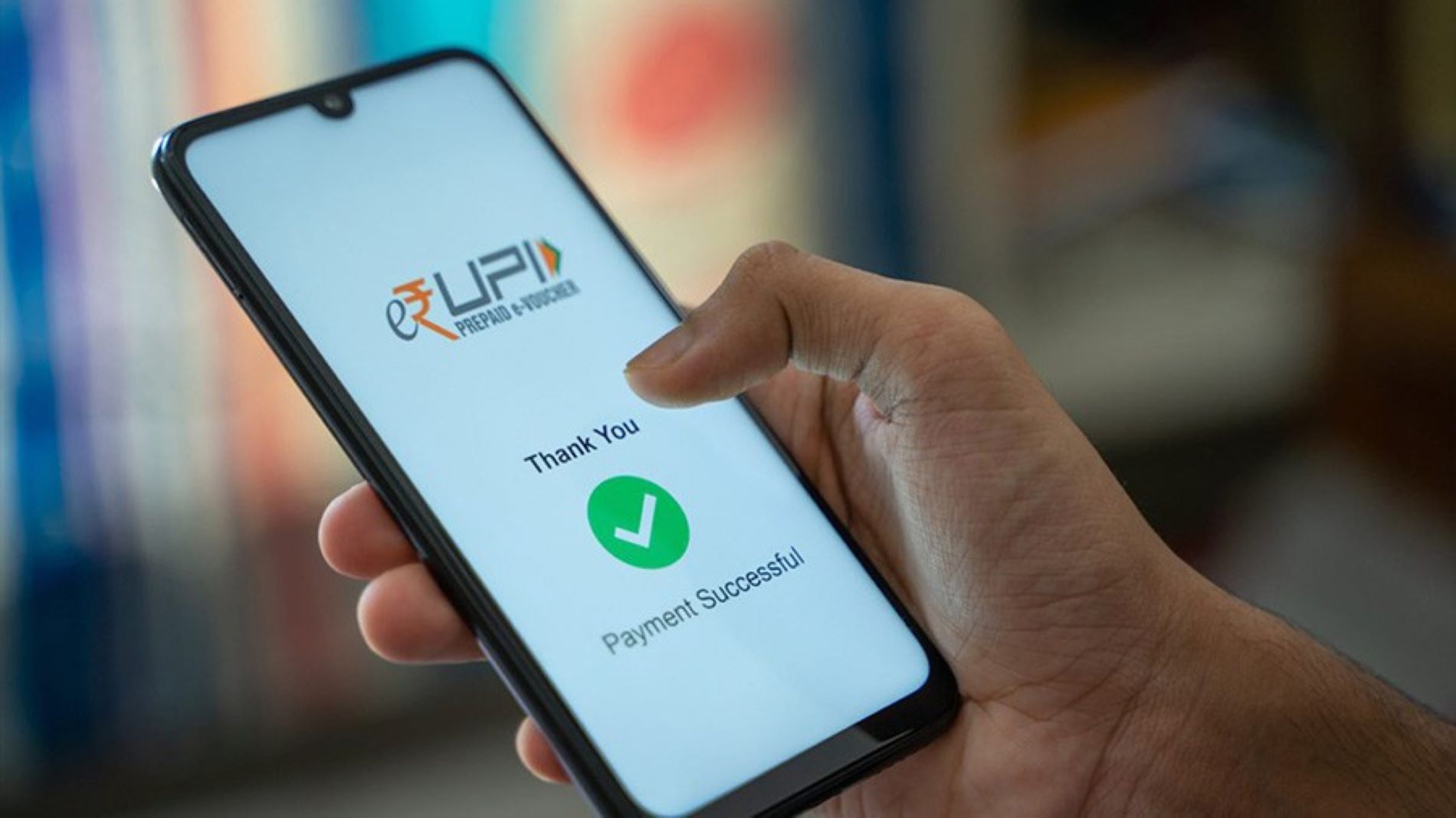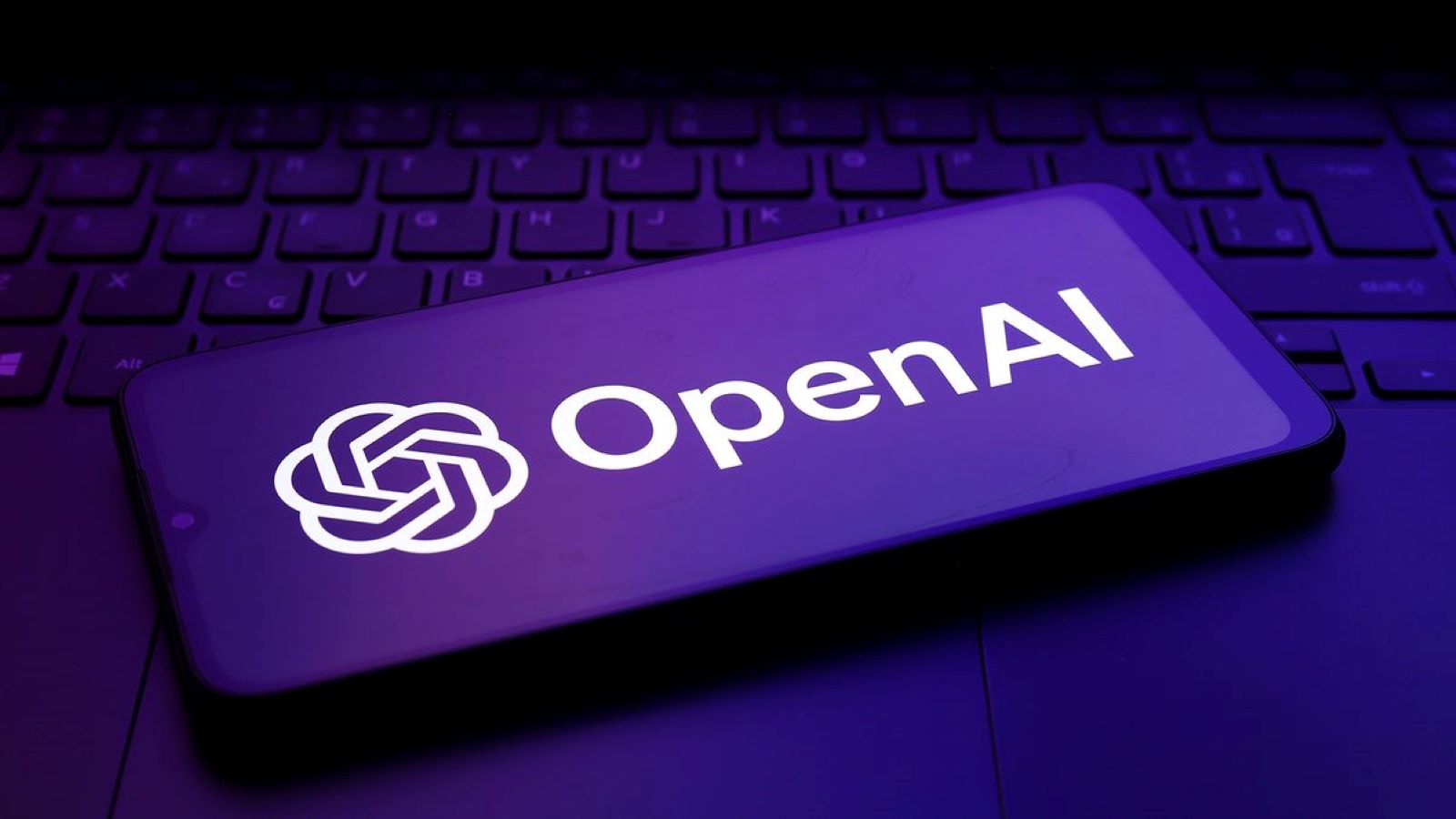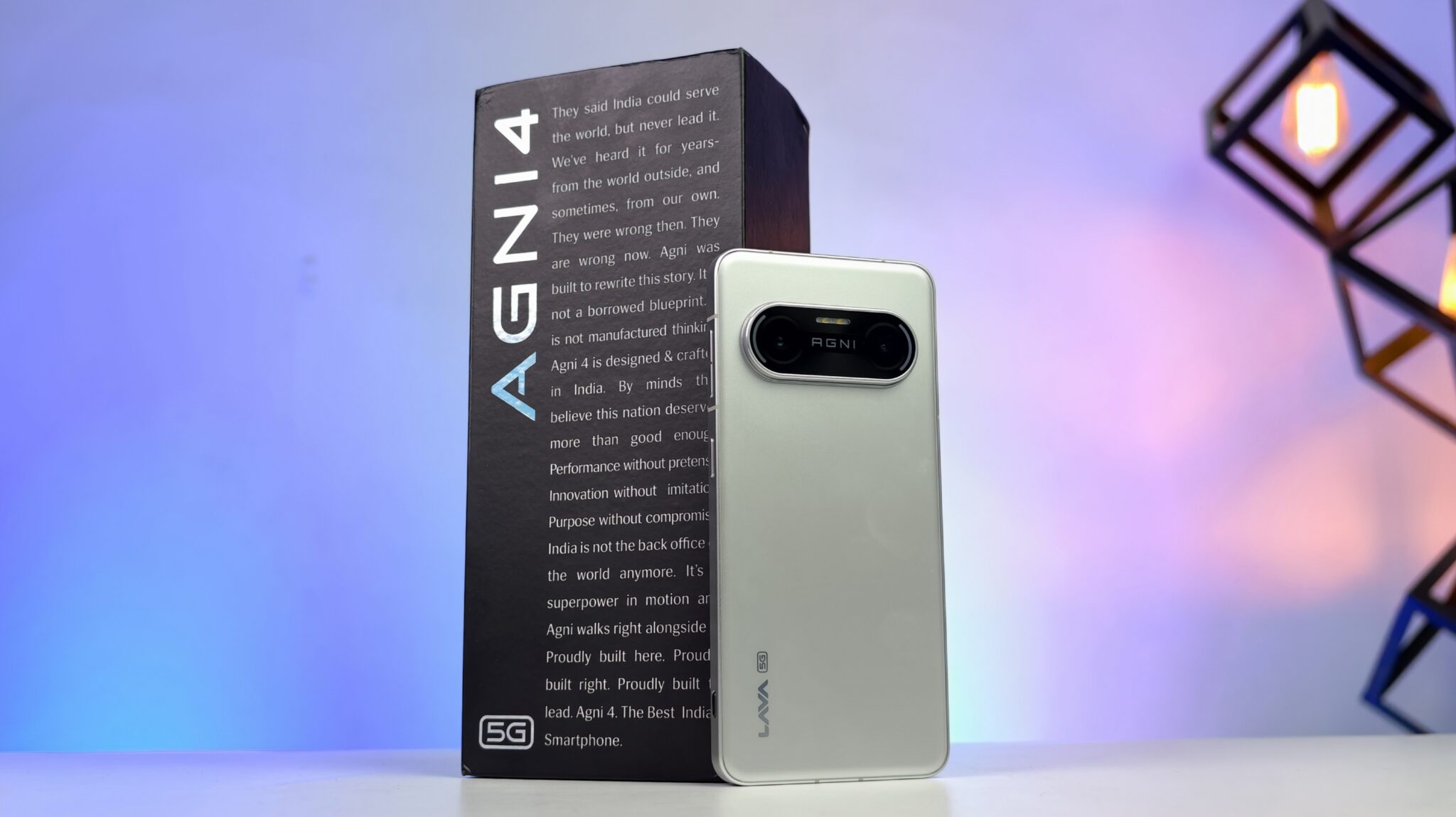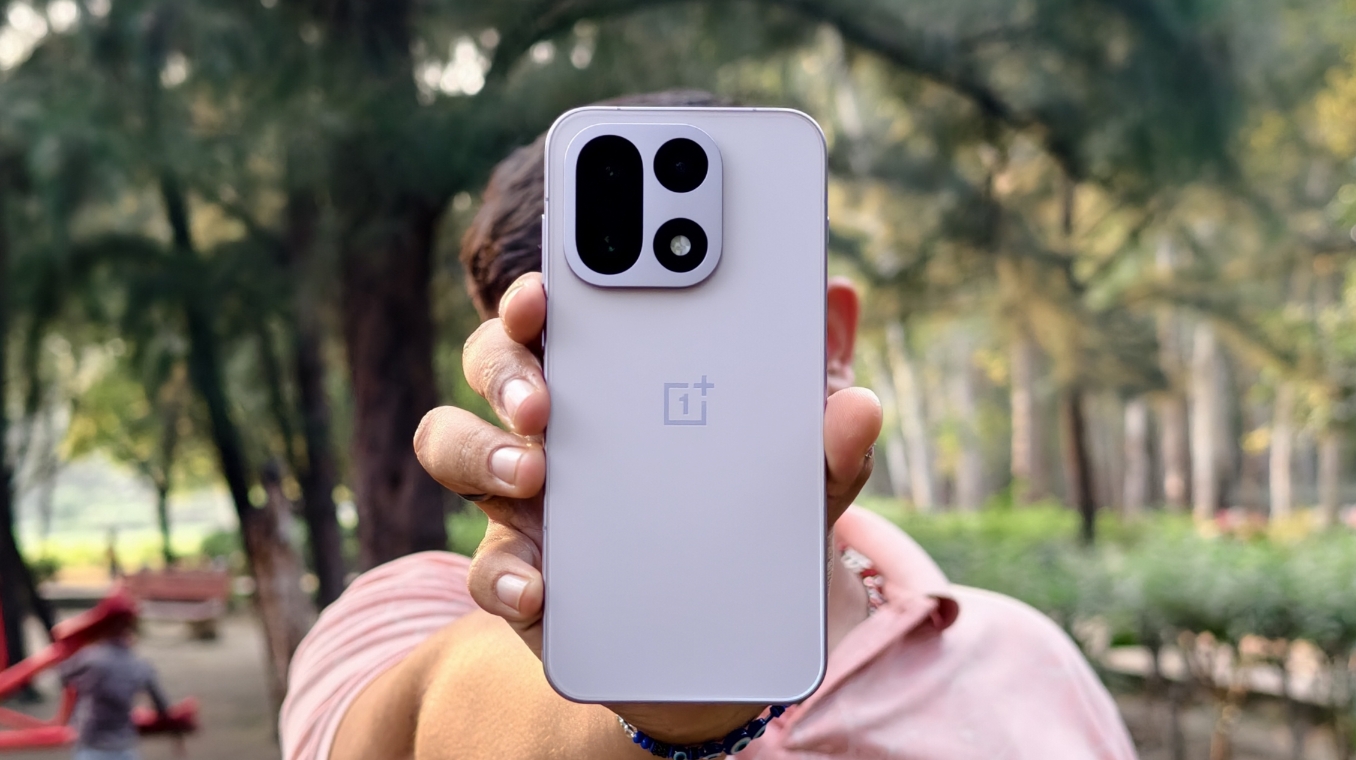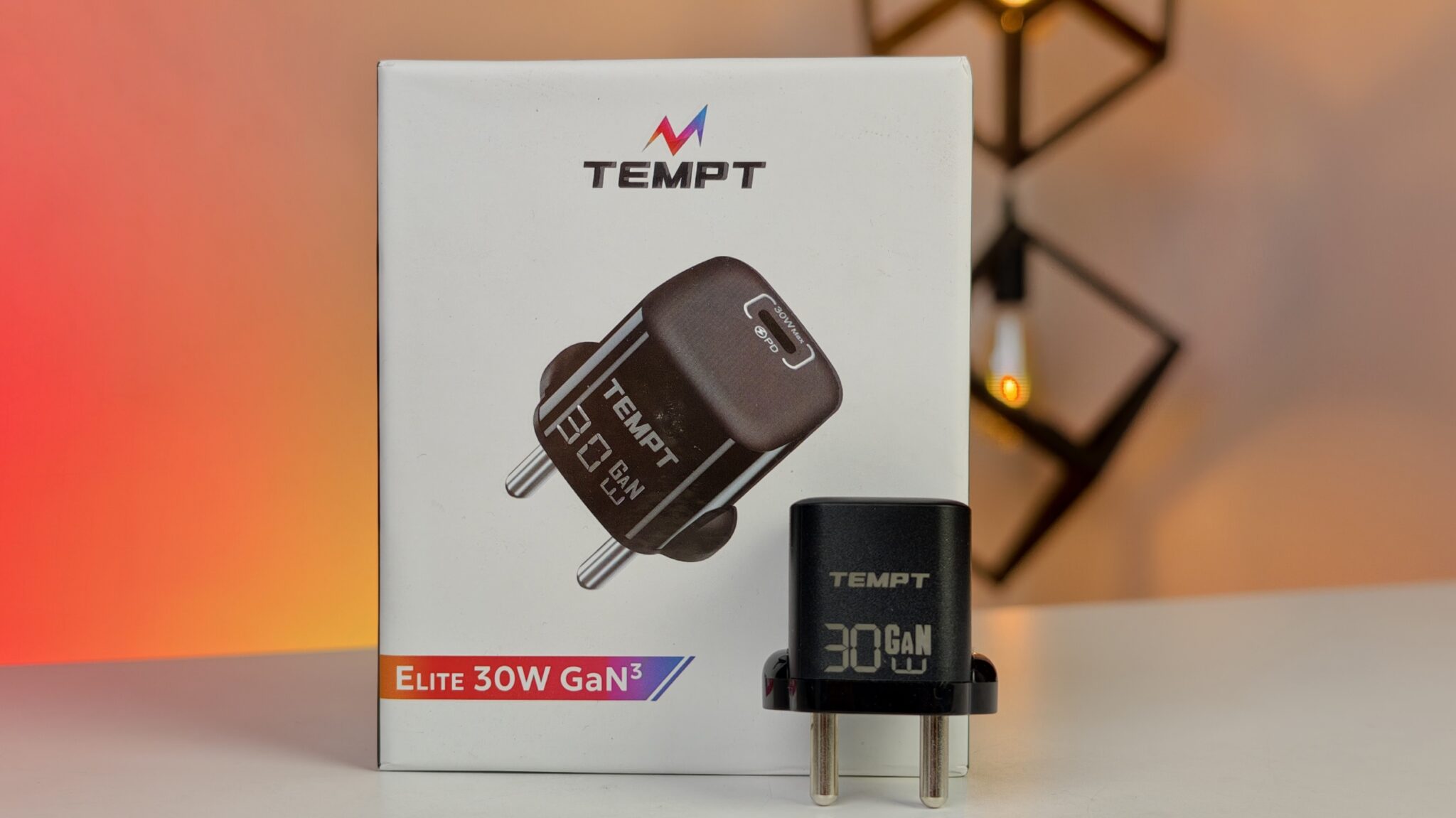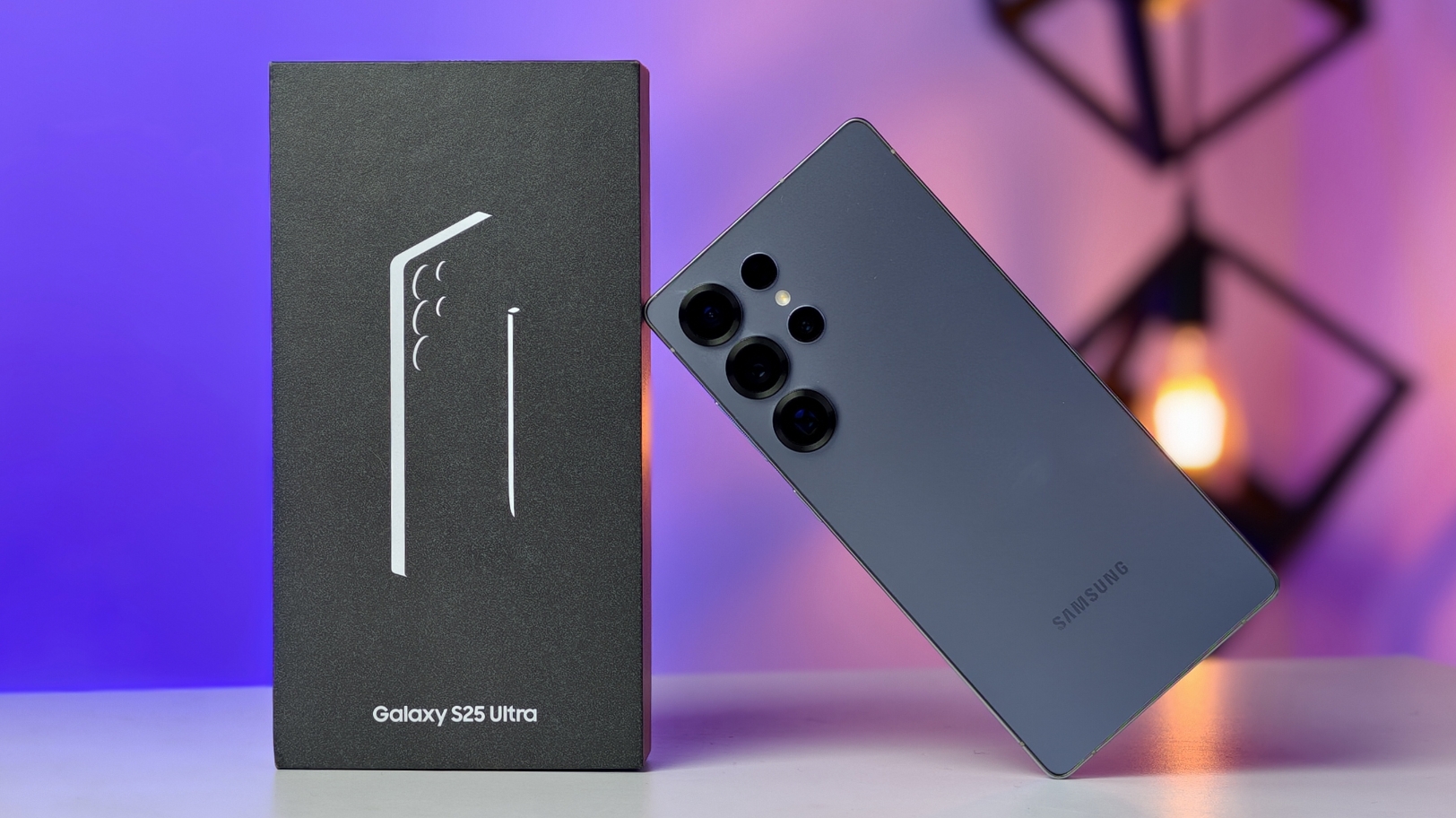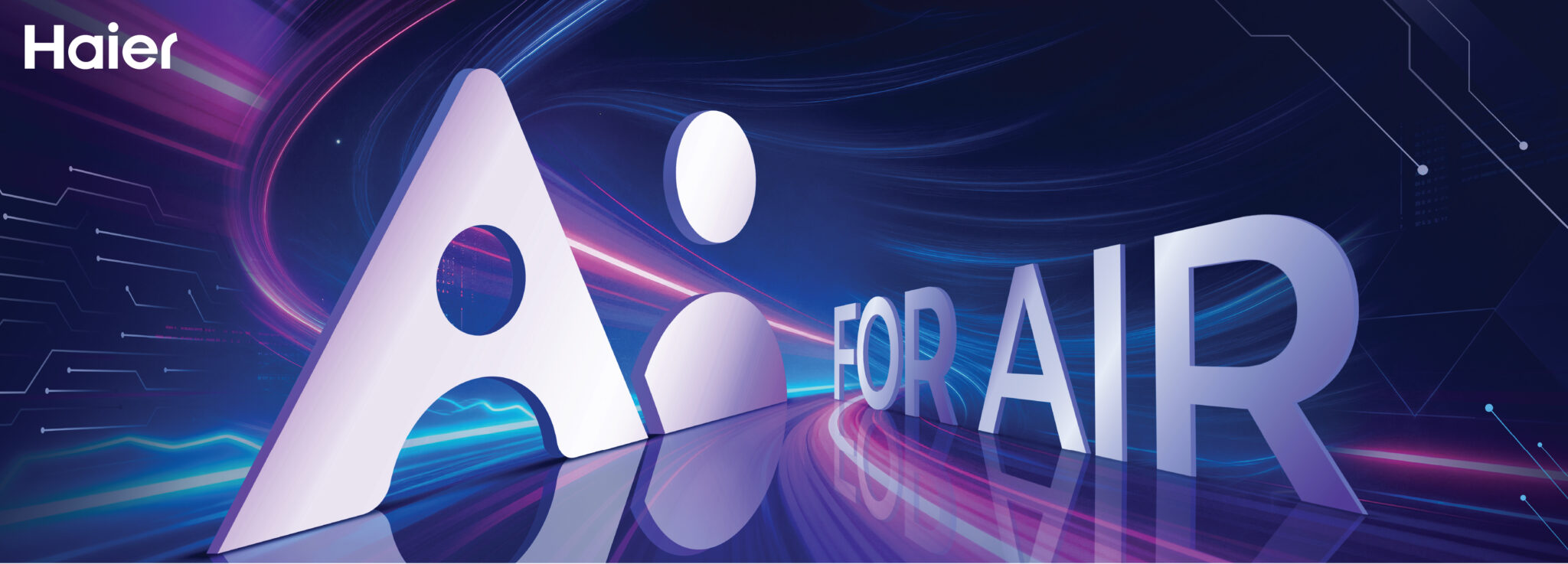Starting August 1, 2025, the Unified Payments Interface (UPI) will undergo a couple of important changes that could matter to anyone making large payments or using recurring debits. The National Payments Corporation of India (NPCI) has confirmed two updates: a higher transaction limit for certain services and a newly defined processing window for UPI Autopay mandates.
Key Takeaways
- Higher Limit for Specific Payments: You’ll now be able to pay up to ₹5 lakh per transaction via UPI when dealing with educational institutions or healthcare providers.
- New Autopay Timings: All recurring payments set through UPI Autopay will be executed between 12:00 AM and 5:00 AM on the due date.
- General UPI Limits Remain: For everything else, peer-to-peer transfers or regular merchant payments, the daily cap stays at ₹1 lakh.
- Nationwide Implementation: These changes officially kick in across India on August 1, 2025.
The move to raise the payment cap for education and healthcare services isn’t coming out of the blue. It was initially recommended by the Reserve Bank of India (RBI) to make high-value payments smoother and more convenient. If you’ve ever had to split a hefty college tuition fee or a large hospital bill into multiple UPI transactions, you’ll understand why this adjustment could be genuinely helpful, And then there’s the shift in UPI Autopay processing. Up until now, automatic payments, things like EMIs, OTT subscriptions, utility bills, could be deducted at any time on the scheduled day. That’s about to change. From August 1, all of these transactions will be executed within a fixed window between midnight and 5:00 AM.
Now, that might not seem like a big deal on the surface, but it means users will need to be a bit more proactive. If your bank balance is low before you sleep, that autopay might just bounce. And that could lead to follow-up penalties or service interruptions, depending on who the money was going to.
These tweaks might feel small, but they’re part of a bigger, ongoing effort to make the UPI framework more adaptable and efficient. As digital payments continue to grow in both volume and complexity, these targeted updates aim to reduce friction, especially for payments that matter most. For day-to-day users, not much else changes. But if you’re someone who regularly pays school fees or has monthly EMIs on autopilot, it’s worth keeping these adjustments in mind.
Frequently Asked Questions (FAQs)
Q1: Has the daily UPI limit for all transactions increased to ₹5 lakh?
A: No. The standard daily UPI transaction limit for most transfers, such as sending money to friends or paying at local stores, remains ₹1 lakh. The ₹5 lakh limit is applicable only for single transactions made specifically to verified educational institutions and hospitals.
Q2: What happens if I don’t have enough balance for my autopay debit at midnight?
A: If your account has insufficient funds when your UPI Autopay mandate is processed between 12:00 AM and 5:00 AM, the transaction will fail. You may need to make the payment manually later in the day, which could sometimes incur a late fee from your service provider.
Q3: Do I need to do anything to activate the new ₹5 lakh limit?
A: No action is required from your side. The new limit will be available automatically when you make a payment to a merchant UPI ID that is officially categorised under ‘education’ or ‘healthcare’. Your bank and UPI app will automatically recognise and permit the higher value transaction.
Q4: Does this new autopay timing apply to all my recurring UPI payments?
A: Yes. The new 12:00 AM to 5:00 AM processing window applies to all existing and new mandates set up using the UPI Autopay feature across all supported apps and banks.


